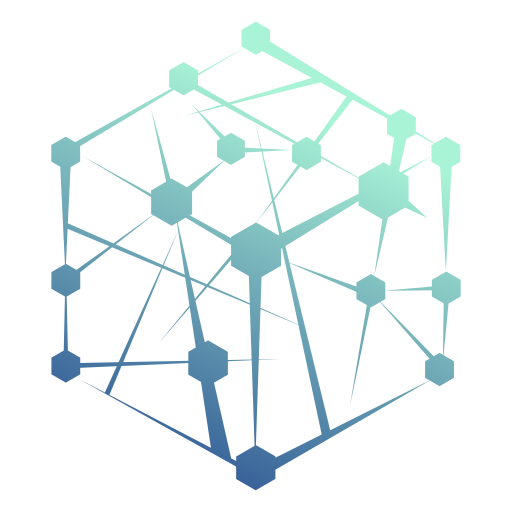A Deep Dive into Cloud-native Applications: Trends and Best Practices for 2023

Cloud computing has revolutionized the way we build, deploy, and manage applications. As a result, organizations across various industries are embracing cloud-native applications to achieve greater agility, scalability, and efficiency. In this article, we will take a deep dive into the latest trends and best practices for building cloud-native applications in 2023. We will also explore the current trends in mobile development, the profitability of developing mobile apps, and the concept of native cloud applications (NCA).
What is a Cloud-native Application?
A cloud-native application is an application that has been specifically designed, developed, and deployed to leverage the full potential of cloud computing. These applications are typically built using microservices architecture, containerization, and continuous integration and delivery (CI/CD) pipelines. This allows them to be easily scaled, updated, and managed in a cloud environment. In simpler terms, a cloud-native application is an application that is born in the cloud and takes full advantage of the cloud's unique properties.
Native Cloud Application (NCA)
A native cloud application (NCA) is a specific type of cloud-native application, which is designed and optimized to run exclusively in a cloud environment. An NCA is built using cloud-specific technologies and services, making it inherently more scalable, resilient, and flexible than traditional applications. By leveraging the cloud's unique capabilities, NCAs can deliver superior performance, agility, and cost-efficiency.
Cloud-native Application Trends for 2023
In 2023, we can expect several trends to dominate the cloud-native application landscape. These trends will shape the way organizations approach application development and deployment, ultimately influencing the success of their digital transformation efforts.
WebAssembly (WASM)
WebAssembly (WASM) is gaining traction as a way to run high-performance code in web browsers and other environments. With its growing adoption in the cloud-native space, we can expect to see more production use cases in 2023. Companies such as Suborbital, Fermyon, and Cosmonic are leading the charge in this area, making it easier to run WASM modules in cloud-native environments.
eBPF
Extended Berkeley Packet Filter (eBPF) has been around for a while but will continue to see increased adoption in 2023. This technology enables powerful network, observability, and security use cases, including sidecar-less service meshes and next-generation observability tools. eBPF-based solutions such as Tracee, Pixie, Falco, and Aya will gain popularity, helping organizations achieve better visibility and control over their cloud-native applications.
FinOps
As organizations become more conscious of their cloud spending, FinOps will gain prominence in 2023. This discipline focuses on optimizing cloud costs through better resource allocation, workload sizing, and cost monitoring. Tools like OpenCost, OptScale, and Koku will be essential in helping organizations manage their cloud-native application costs effectively.
Best Practices for Cloud-native Applications
To harness the full potential of cloud-native applications, organizations should adopt some best practices that help them build, deploy, and manage their applications more effectively.
Embrace Microservices Architecture
Microservices architecture is a key enabler of cloud-native applications. By breaking down applications into smaller, independent services, organizations can achieve greater agility, scalability, and resilience. Adopting a microservices architecture allows for faster development cycles, easier updates, and improved fault tolerance.
Leverage Containers and Orchestration
Containers and container orchestration platforms like Kubernetes are essential for building and deploying cloud-native applications. Containers enable greater portability, isolation, and consistency, while orchestration platforms help manage the deployment, scaling, and availability of these containers. By embracing containerization and orchestration, organizations can ensure their cloud-native applications are more flexible and reliable.
Implement Continuous Integration and Continuous Delivery (CI/CD) Pipelines
CI/CD pipelines are crucial for maintaining high-quality cloud-native applications. These pipelines automate the process of building, testing, and deploying applications, ensuring that they are always up-to-date and performing optimally. By implementing CI/CD pipelines, organizations can reduce the risk of human error, decrease time-to-market, and improve overall application quality.
The Future of Mobile App Development
Cloud-native Mobile Apps
As cloud computing continues to evolve, we can expect more mobile app developers to embrace cloud-native technologies and practices. This will result in more scalable, resilient, and cost-effective mobile apps that can better meet the needs of users and businesses alike.
Machine Learning and Artificial Intelligence
Machine learning and artificial intelligence will continue to play a significant role in mobile app development. From chatbots and recommendation engines to image recognition and natural language processing, these technologies will enable more intelligent and personalized app experiences.
Cross-platform Development
Cross-platform development will remain popular in 2023, as developers seek to minimize development time and cost while reaching the widest possible audience. Frameworks like React Native, Flutter, and Xamarin will continue to be popular choices for building high-quality, native-like mobile apps for multiple platforms.
Conclusion
The cloud-native application landscape will continue to evolve in 2023, with new trends and technologies shaping the way organizations build, deploy, and manage their applications. By understanding these trends and adopting best practices, organizations can successfully navigate the complexities of cloud-native application development and fully harness the power of cloud computing.
As mobile app development continues to thrive, embracing cloud-native technologies and practices will be crucial for building scalable, resilient, and cost-effective mobile apps. By staying informed about the latest trends and adopting best practices, developers can ensure they are well-equipped to create successful mobile apps in 2023 and beyond.
